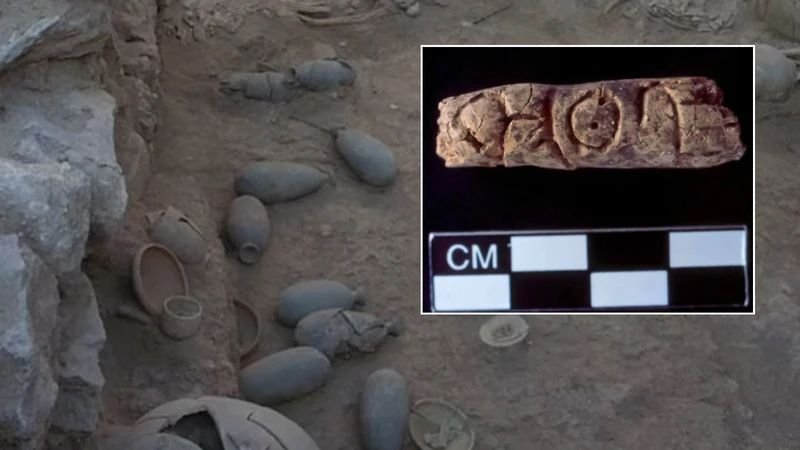
Photo by <a href="https://unsplash.com/@aaronburden" rel="nofollow">Aaron Burden</a> on <a href="https://unsplash.com/?utm_source=hostinger&utm_medium=referral" rel="nofollow">Unsplash</a>
Researchers at Johns Hopkins University have made a remarkable discovery that could reshape our understanding of ancient communication.
They have uncovered the world’s oldest known alphabetic writing, etched on clay cylinders in a tomb located in Syria.
This incredible find dates back to 2400 BCE, making it a significant archaeological breakthrough.

The artifacts found at Tell Umm el-Marra suggest that early experiments in communication technologies occurred much earlier than previously thought.
This newly discovered writing predates other known alphabetic scripts by an astonishing 500 years.
Such a revelation challenges the long-held beliefs regarding the origins of alphabets and how early civilizations developed their writing systems.
The implications of this discovery extend beyond the artifacts themselves.
It opens up new avenues for understanding the complexities of ancient urban civilizations.
These findings demonstrate that the people of that era were capable of sophisticated means of communication earlier than historians have traditionally acknowledged.
As researchers continue to explore the significance of these inscriptions, the narrative of human communication is poised for a significant revision.



